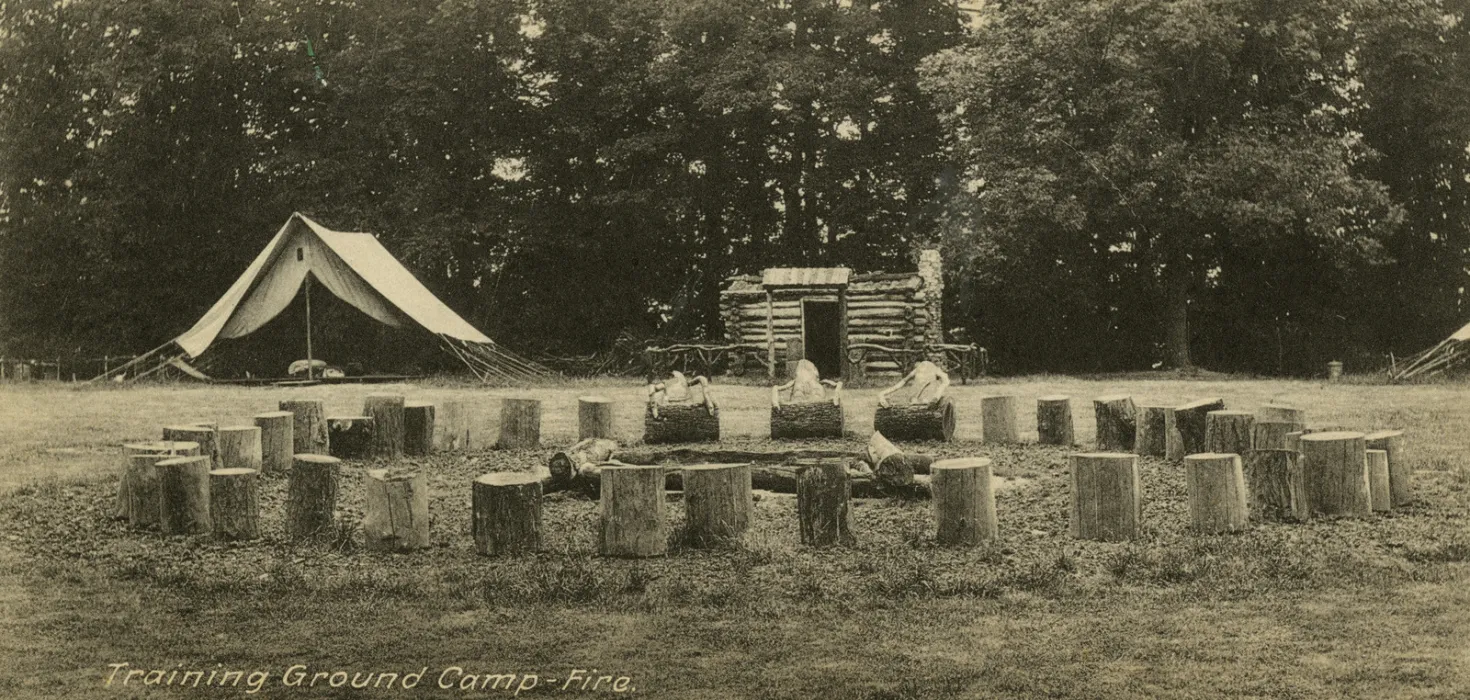
Scouting’s History
More than 500 million young people and adults have taken part in Scouting since its inception over a century ago. Each joined the Movement to be active citizens and create positive change in their communities.
Today, Scouting is the world's leading educational youth movement with over 60 million Scouts in over 200 countries and territories worldwide. Through its unique combination of education, adventure and fun, Scouting continues to be an inspiration for young people to become active citizens who are engaged in creating a better and more sustainable world.
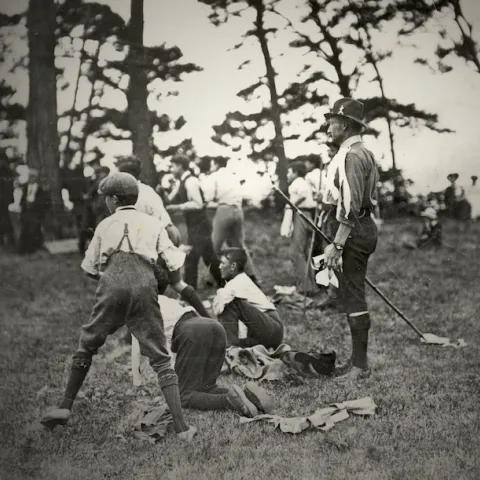
Early Beginnings
- Scouting began as a programme for boys aged 11 to 18.
- 1907: The first experimental camp organised by Robert Baden-Powell with 20 boys at Brownsea Island, United Kingdom was a great success.
- 1908: Baden-Powell published “Scouting for Boys”, which was an immediate hit and has since sold over 100 million copies.
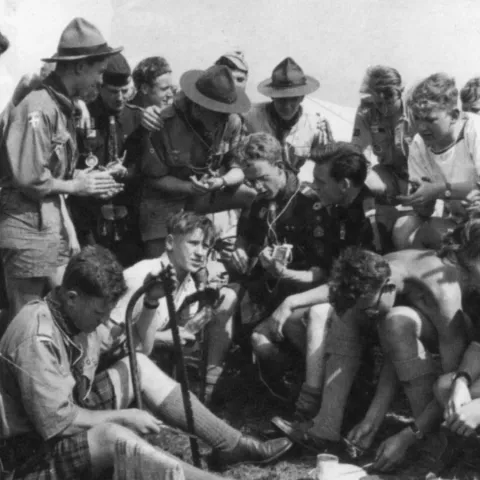
Expansion of the Scout Movement
- 1909: "Scouting for Boys" was translated into five languages. It produced a Movement that quickly adopted the name “The Boy Scouts”.
- 1909: A Scout rally in London attracted more than 11,000 Scouts.
- 1910: Baden-Powell started the Girl Guides under the leadership of his sister, Agnes.
- 1914: After the outbreak of World War I, the Patrol System proved highly effective and kept the Movement afloat as many adults were called up for the war, with the youth entirely leading the patrols.
- 1916: Cub Scouts was started for boys under the age of 11, supported by the publication of the “Wolf Cub’s Handbook” and using Rudyard Kipling’s “Jungle Book” as a framework.
- 1918: Rover Scouts was formed for older boys and young adults.
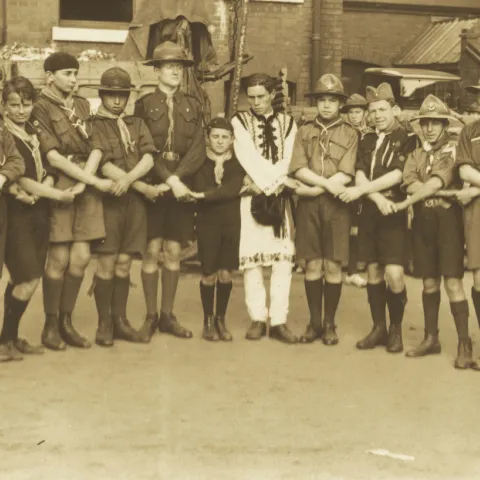
Scouting’s World Events and Governance
- 1920: The first World Scout Conference (then known as the International Scout Conference) took place during the first World Scout Jamboree in London, United Kingdom, with 33 National Scout Organizations in attendance.
- 1920: The World Scout Bureau (then known as the Boy Scouts International Bureau) was established in London, United Kingdom.
- 1922: The 2nd World Scout Conference was held Paris, France, with 31 National Scout Organizations represented. Global membership stood at just over 1 million Scouts.
- 1922: The first World Scout Committee (then Boy Scouts International Committee) was elected.
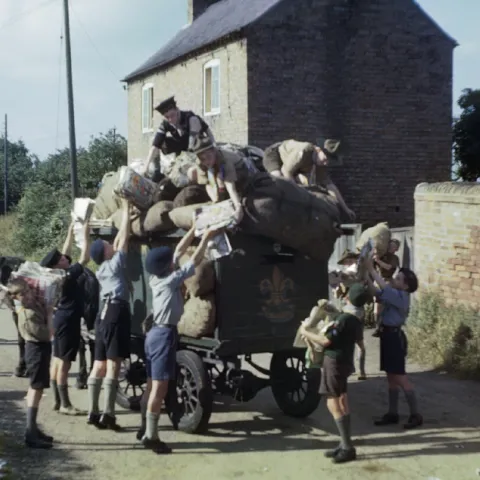
The World Wars
- Between the two world wars, Scouting continued to flourish, except in totalitarian regions where Scouting activities were banned. In occupied countries and in those with totalitarian regimes, Scouting continued in secret with Scouts playing important roles in the resistance and underground movements.
- Scouts supported their countries through the world wars by feeding the hungry and helping the injured. In some places, Seas Scouts acted as coast guards.
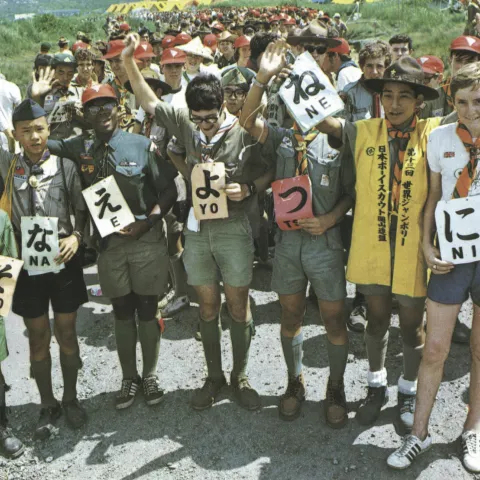
The Evolution of Scouting
- 1947: World Organization of the Scout Movement was granted General Consultative Status to the United Nations Economic and Social Council (UNESCO).
- 1960-1980: Many countries gained their independence, resulting in National Scout Organizations joining or rejoining as members of World Organization of the Scout Movement.
- 1980-2007: Scouting re-emerged in every country where it had existed before World War II and started across newly independent countries in the Commonwealth of Independent States following the Cold War.
- Scouting in developing countries gradually evolved into a Youth Programme, which was designed by local Scout leaders to better meet the needs of their communities.
- Scouts became more involved with social, economic, and environmental issues in their communities and countries.
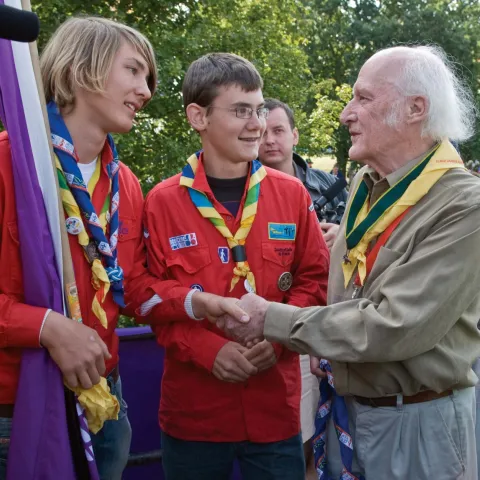
A Century of Scouting
- The Scout Movement celebrated its 100th anniversary by returning to its roots in the United Kingdom for the 21st World Scout Jamboree.
- On 1 August, millions of Scouts from around the world celebrated the Scout Movement and its growth from humble beginnings to becoming a global Movement with millions of members in nearly every country around the world.
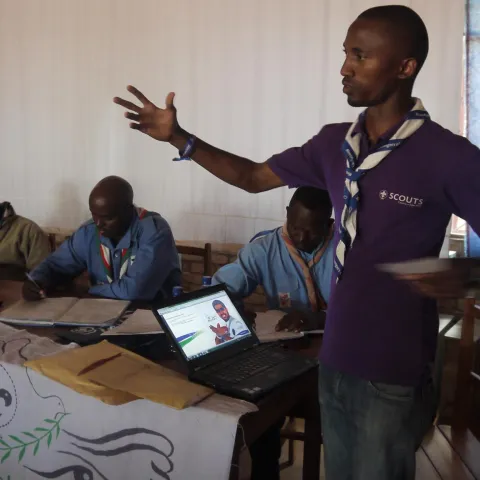
Promoting Peace and Sustainability
- Scouting continued to expand its membership - reaching even remote islands in the Pacific and Caribbean - while innovating and adapting its educational offerings to reflect the current needs and aspirations of young people.
- 2011: The Messengers of Peace initiative was created to promote peace building and support Scouting’s impact on local communities.
- 2018: Scouts for SDGs was launched with the aim of engaging the Scout Movement in making the world’s largest coordinated youth contribution to the SDGs.
- 2020: The Earth Tribe was launched as a global youth community for environmental action and to enable young people to tackle the impacts of climate change.

Global Pandemic
- 2020-2022: Scouts around the world showed the Movement's resilience by taking action to support their communities and adapting to global restrictions through virtual and at-home programmes.
- 2020: The Global Youth Mobilization was launched in an effort to support the development of young people in a post-pandemic world. It is as a partnership with the Big 6 Youth Organisations, which is comprised of the World Organization of the Scout Movement, World Association of Girl Guides and Girl Scouts, World Alliance of Young Men’s Christian Association, World Young Women’s Christian Association, International Federation of Red Cross and Red Crescent Societies, and The Duke of Edinburgh’s International Award.
Robert Baden-Powell
Robert Baden-Powell, the founder of Scouting, was an educator, soldier, and prolific writer, who presented the ideas and theory behind Scouting in his bestselling book “Scouting for Boys”. He is popularly known as B-P.
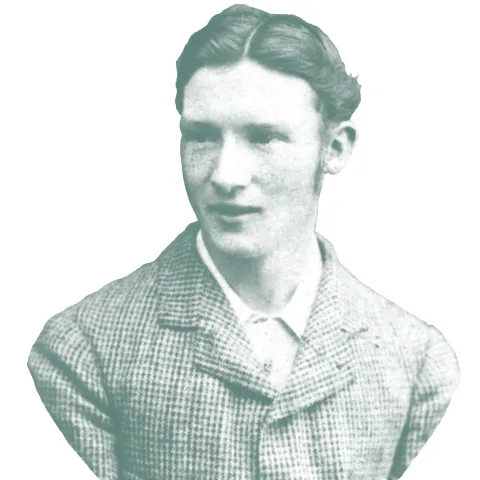
Early Life
- Born Robert Stephenson Smyth Baden-Powell in London on 22 February 1857, B-P was the son of an Oxford University professor and the eighth of ten children.
- B-P received his early education from his mother, and later won a scholarship to the Charterhouse School, one of Britain’s most prestigious institutes.
- At Charterhouse, he began to turn his attention to the great outdoors, hiding out in the woods around the school to track wildlife, catch, and cook rabbits, all while being careful not to let the tell-tale smoke give his position away. Holidays with his brothers also consisted of many adventures where B-P fine-tuned his outdoor skills and craftsmanship.
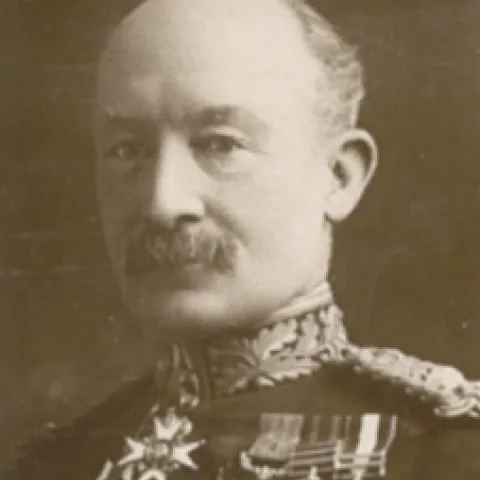
Serving in the Military
- From 1876 to 1903, B-P served in the military, starting in India and then the Balkans, West Africa, South Africa and Malta. As a young army officer, he specialised in map-making and reconnaissance, and soon began to train other soldiers in what were essential skills for soldiers at the time.
- B-P's methods were considered unorthodox. He set up small units or patrols who worked together under a single leader and made sure there was special recognition for those who did well. The proficiency badges he awarded then resembled the traditional design of the north compass point, and today’s universal Scout badge remains remarkably similar.
- After a successful military campaign in South Africa, B-P returned home in 1903 a national hero.
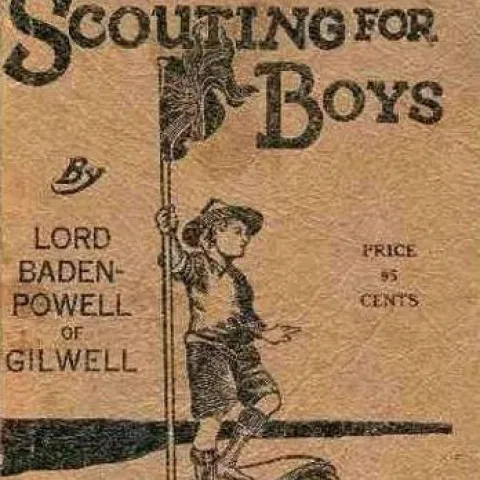
Beginnings of the Scout Movement
- After learning that young people were reading his books and practicing what he had written for soldiers, B-P reworked his book “Aids to Scouting” for a younger audience. This became “Scouting for Boys”.
- In 1907, he organised what is now known as the first experimental camp on Brownsea Island, off the coast of Dorset, where he put some of his ideas into practice. He brought together 20 boys from different economic backgrounds and took them camping. This event marked the start of the Scout Movement, and is commemorated with a foundation stone on the island.
- “Scouting for Boys” had been written as a training guide for existing youth organisations, but it soon became the handbook of the new Scouting Movement. The book has since been translated into all of the world’s major languages.

Family Life
- After retiring from the army in 1910 to devote his life to the Scout Movement, B-P travelled the world to inspire young people. Two years later, he married Olave St Clair Soames, who like her husband was also born on 22 February.
- Olave was B-P’s constant companion and supporter, as the two worked closely around the development of the Scout Movement. She would later become World Chief Guide and co-founder of the Girl Guides Movement.
- The couple went on to have three children: Peter, Heather, and Betty.
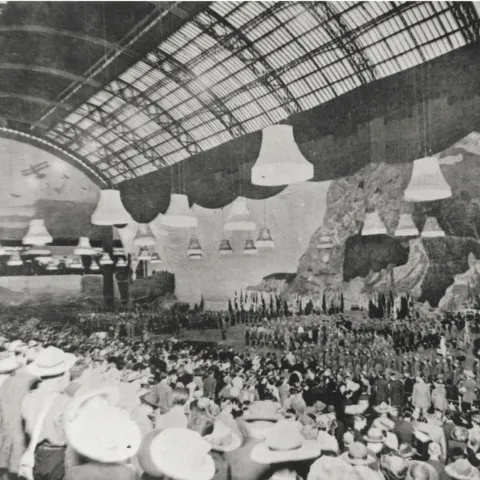
Chief Scout of the World
- By 1920, the Scout Movement was large enough to hold its first mass gathering, later known as a Jamboree. Close to 8,000 Scouts from 34 countries gathered for the first World Scout Jamboree beneath the glass-covered dome of London’s Olympia – the floor covered in earth especially for the occasion so that Scouts could pitch their tents. As the event drew to a close, B-P was acclaimed the Chief Scout of the World, a title that he would hold until his death.
- Nine years later, at the 3rd World Scout Jamboree, the Prince of Wales announced that B-P would be given a peerage. B-P took the title of Baron Baden-Powell of Gilwell, honouring Gilwell Park as the location of the international training centre he had established for Scout Leaders.
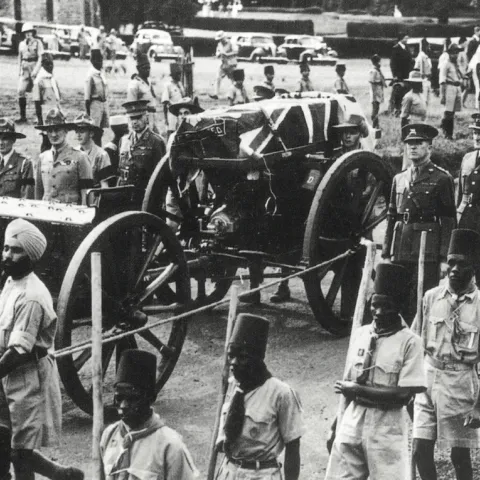
Legacy
- With his health declining, B-P returned to Africa in 1938 to live in semi-retirement in the shadow of Mount Kenya at Nyeri.
- B-P died on 8 January 1941 at the age of 83. He had written a farewell message for Scouts to be published only after his death, in which he urged them to “try and leave this world a little better than you found it”.
- Throughout his life, B-P inspired generations of young people. He wrote at least 32 books and received honorary degrees from at least six universities as well as numerous other orders, decorations, and 19 foreign Scout awards.